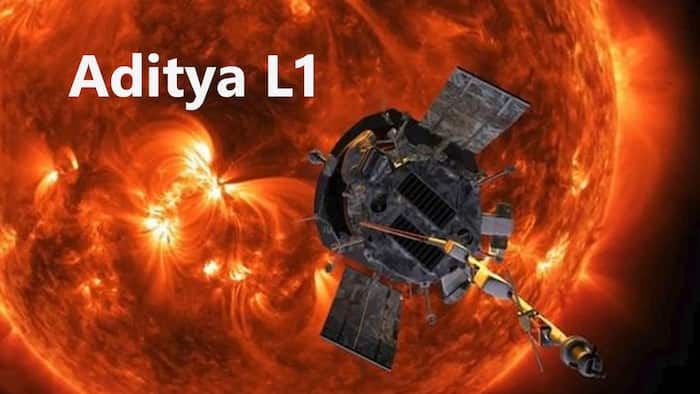
Written By Om Gupta
Published By: Om Gupta | Published: Sep 20, 2023, 11:12 AM (IST)

Aditya L1 mission: India launched the Aditya L1 mission on September 2 this year with the aim to study the upper atmospheric (chromosphere and corona) dynamics of the Sun. Aditya L1 is currently cruising through space to reach its destination, which is L1 point. However, even before reaching its destination, Aditya L1 could get into trouble as NASA says, at present, solar activity has increased a lot and solar storms are hitting the Earth from all sides with high frequency. As explained by Space, these solar storms can damage the onboard electronics of the spacecraft and alter output signals from its electronic devices including their ability to communicate with Earth. Also Read: Earth Has A Second Moon? Know All About Asteroid 2025 PN7
Spacecraft and satellites have faced such storms in the past. However, Solar probes meant to study the Sun are more prone to damage from these storms as they directly face the Sun and are nearest to it as compared to other objects. NASA recently shared a harrowing video of its Parker Solar Probe hitting a solar storm while flying through an intense coronal mass injection (CME) cloud. Sharing the video on X (formerly Twitter), NASA wrote, “Another first! Our Parker Solar Probe flew through an eruption from the Sun and saw it “vacuuming up” space dust left over from the formation of the solar system. It’s giving @NASASun scientists a better look at space weather and its potential effects on Earth”. Also Read: Gaganyaan Mission Update: ISRO Plans Half-Humanoid Vyommitra Launch Before Astronauts
Another first! Our Parker Solar Probe flew through an eruption from the Sun, and saw it “vacuuming up” space dust left over from the formation of the solar system. It's giving @NASASun scientists a better look at space weather and its potential effects on Earth.… pic.twitter.com/AcwLXOlI6m
Also Read: Blue Origin’s Mars Telecommunications Orbiter Could Replace Ageing NASA Relays By 2028
— NASA (@NASA) September 18, 2023
NASA’s Parker Solar Probe, launched in 2018, is currently orbiting the sun at a distance of around 6.9 million kilometres from its surface. It is aimed at studying the Sun’s outer corona has successfully avoided solar storms in the past.
There are some changes that coronal mass injection may also collide with Aditya L1 and can interfere with its onboard electronics and communication system. However, there are many chances that the Aditya L1 may also successfully pass through CMEs as it is only 15 lakh kilometres from the Earth, which is less when compared to that of the Parker Solar Probe. The other thing that will work in Aditya L1’s favour is that the spacecraft has been strengthened with special metals and materials to protect it from excessive radiation, thus protecting it from CME clouds and any other space-based hazards.